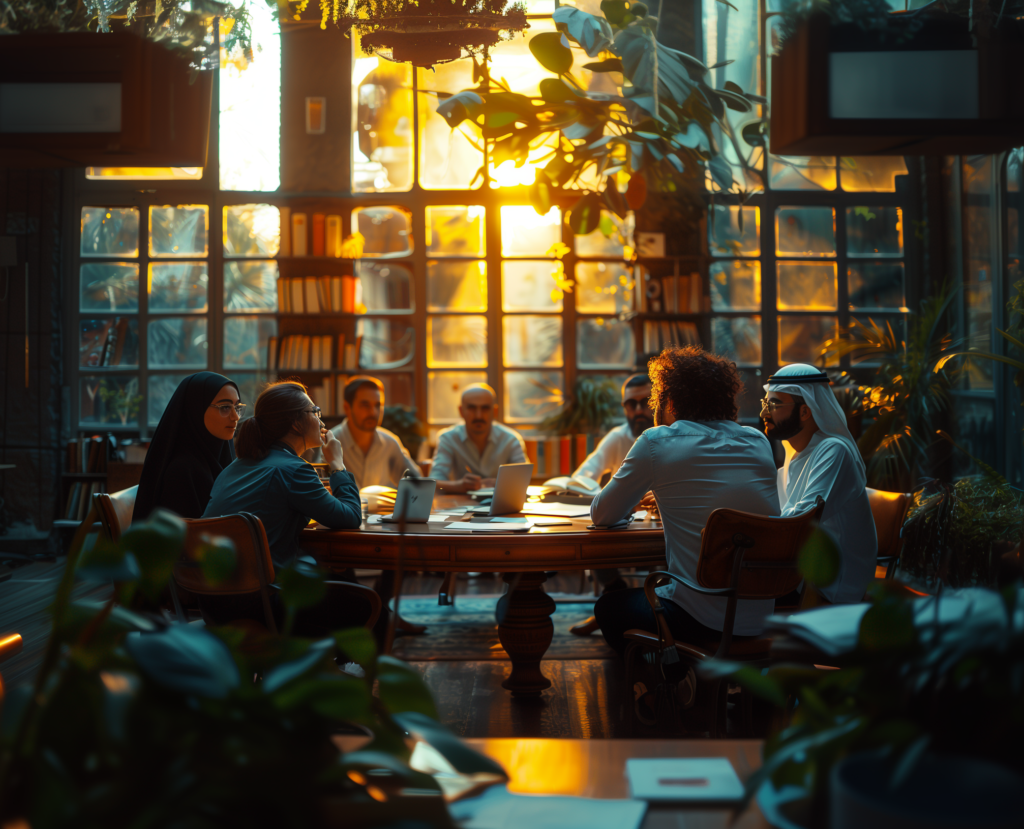
Method
While accessing this information, we used computer programs containing many works in approximately 30 fields such as siyer (prophetic biography), history, biography, genealogy, hadith, sunnah, tafsir (Qur’anic exegesis), geography, travel, literature, divan (collection of poems), and language.
While discussing the lives of the Companions, we considered the available information within the framework of the cultural-geographical-economic and political atmosphere in which they grew up, taking into account the conditions of the time.
Determination of the physical characteristics and the social, geographical and physical environment of the Companions

PHYSICAL CHARACTERISTICS
When creating the physical characteristics, body language, and clothing of the companions, we meticulously identified and collectively evaluated all information related to these topics, especially from biographies, encyclopedias, history, genealogy, siyer (prophetic biography), and hadith books used in Islamic sciences.
In the source works of Islamic sciences, information can generally be found about the individual physical characteristics of the (more famous) Companions, such as height, color, hair, clothing and attire.
The physical characteristics, body language and clothing of some characters are not directly reported in the sources and are described through their extraordinary resemblance to someone else. In such cases, we portrayed those Companions by making inferences from the information given about the people likened to him or by general records made about the group they were in or the relevant period in which they lived in.


We examined doctoral theses and articles in academic studies about the Companions and benefited from the findings.
We benefited from many academic and scientific works in different languages written about the Arab society in terms of social, cultural, religious and administrative aspects during the time period of the Messenger of Allah, so we were able to identify the physical characteristics of the companions. These books contain a lot of information such as the physical characteristics of the companions, people’s general clothing and attire, ways of wrapping turbans, dress colors, types of clothes, rings and jewelry, hair and beard types, mustache shapes, shoes, women’s hair and skin care.
For the Companions whose race or tribe is known but for whom there is no information about their physical characteristics, we examined research in ethnology and social anthropology related to the characteristics of the relevant race and the general characteristics of that tribe. We identified members of the relevant race or tribe who continue to live in the region where they lived at that time, and based on this information, we determined the average appearance and features of the companion.
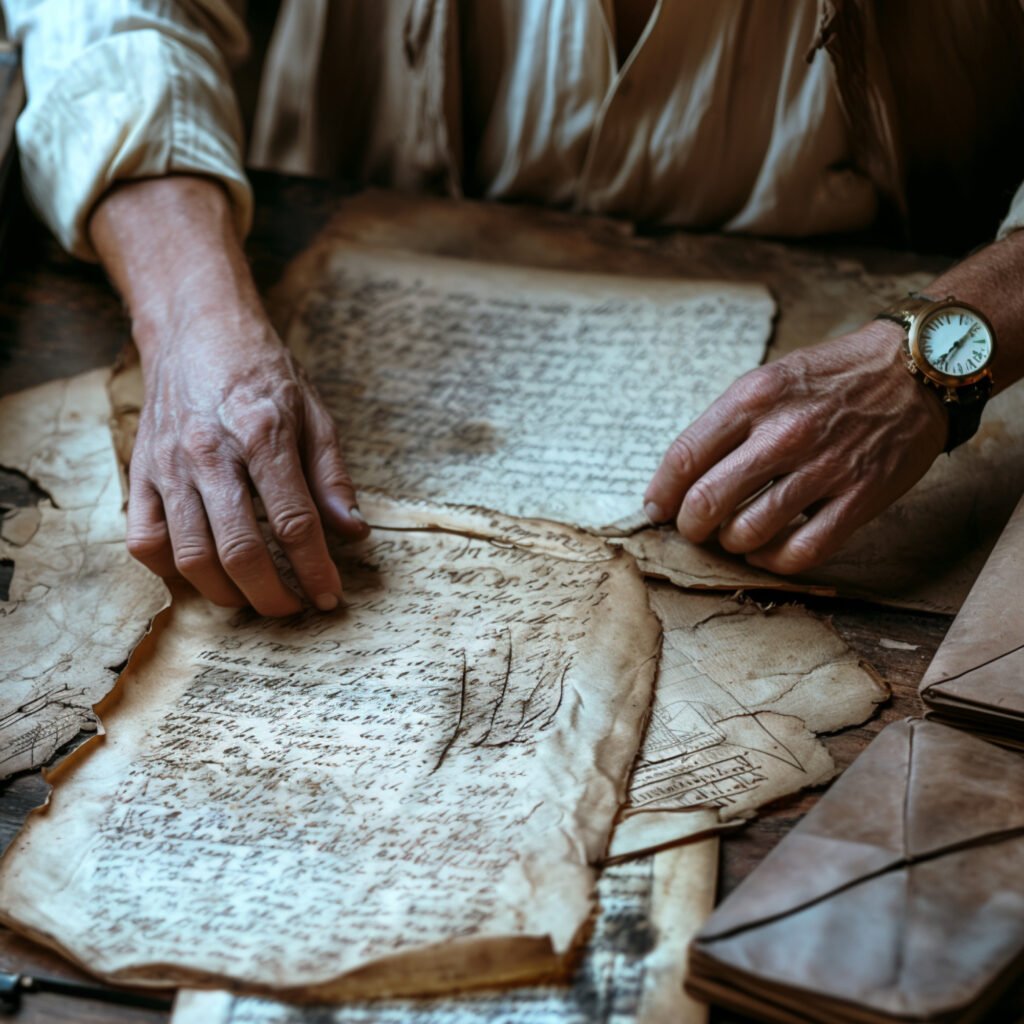
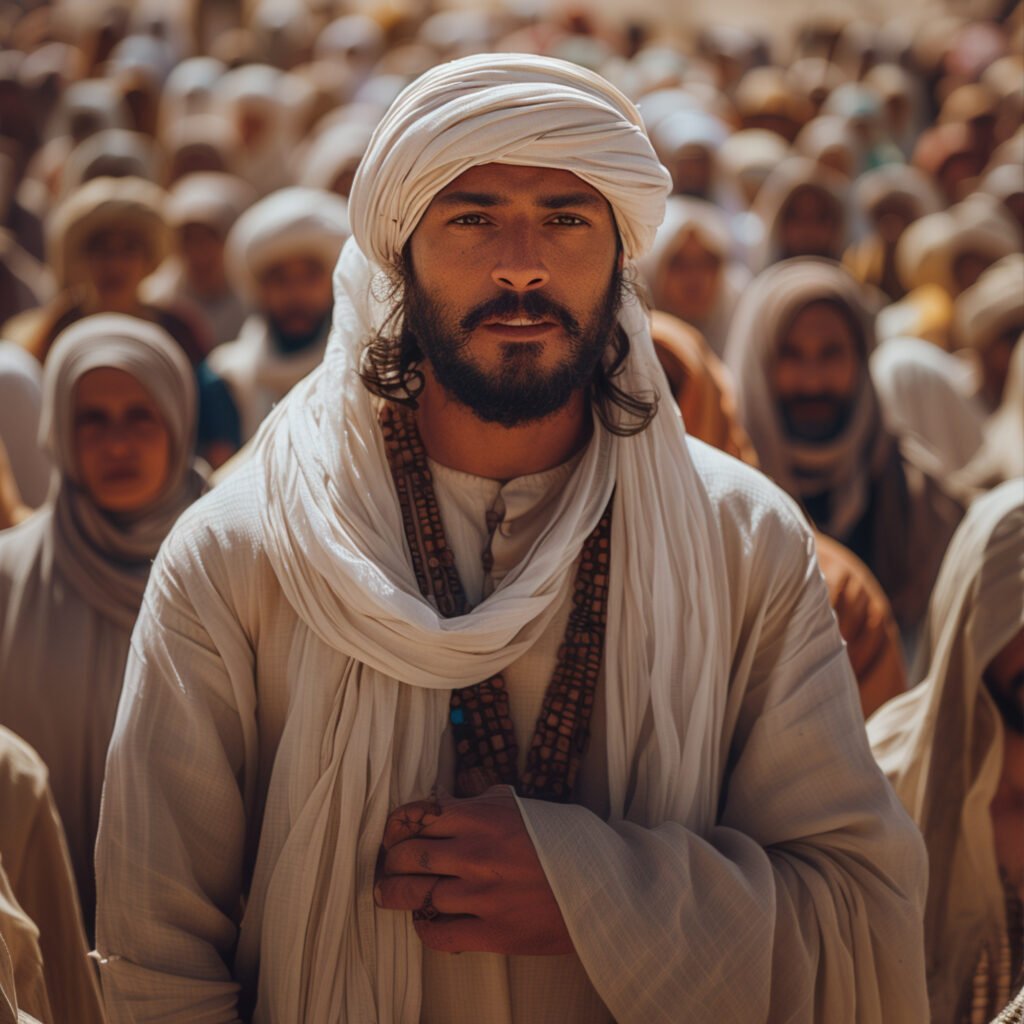
SOCIAL, GEOGRAPHICAL AND PHYSICAL ENVIRONMENT
We examined academic studies on the social, geographical, and cultural environment of the companions, including doctoral theses and articles, and utilized the data obtained. We benefited from many academic and scientific works in different languages written about Mecca from social, cultural, religious, and administrative perspectives during the time of the Messenger of Allah. This enabled us to determine the social, geographical, and physical environment of the companions. These books contain a wealth of information about Mecca and Medina as they were when the Quran was revealed, companion houses, Arab houses, house types, interiors of houses, doors, tombs, mosques, streets and avenues, wells, the climate of Mecca, mountains, valleys, gorges, culinary culture, kitchen areas, and kitchen utensils.
When creating the setting and ground, we took samples from places within the city that have never had anything built on them throughout history and still maintain their naturalness. We applied these samples to the place that serves as the setting for the narrative.
When depicting the houses from the time of the Messenger of Allah (PBUH), we used information directly from sources regarding the houses of that period, the materials used in their construction, etc. We also examined academic studies on these topics and benefited from structures that were constructed in the region during that period and still stand or their remnants.
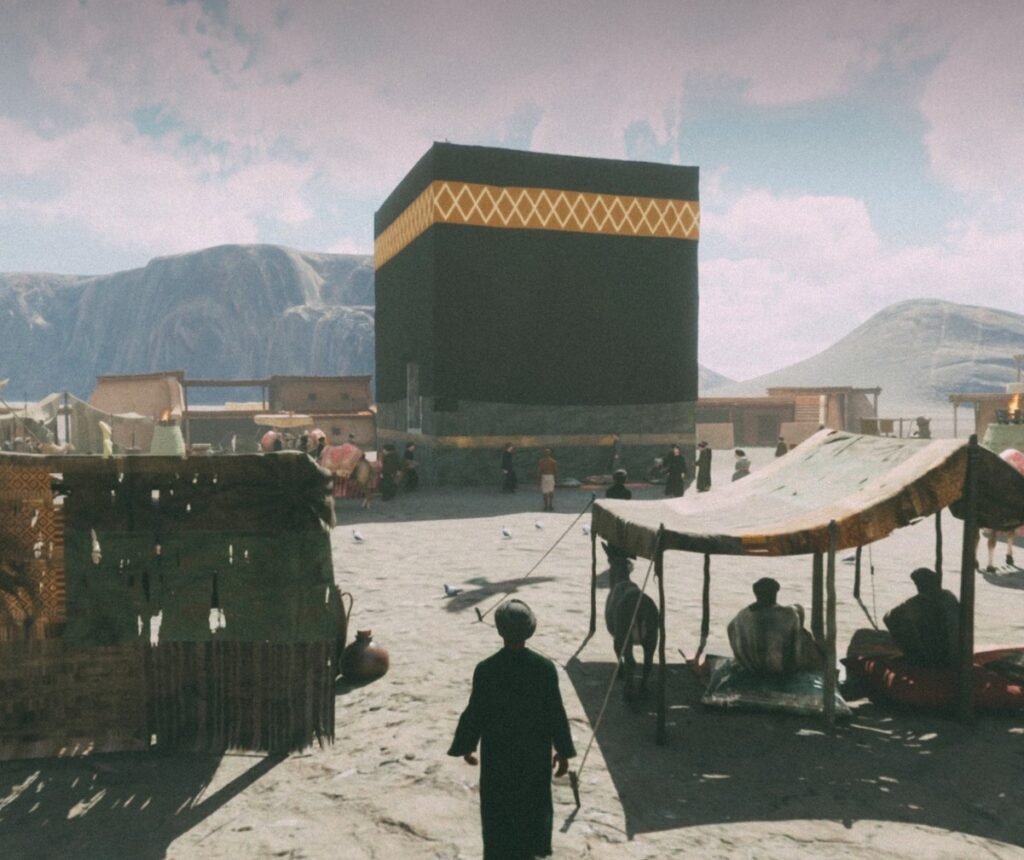
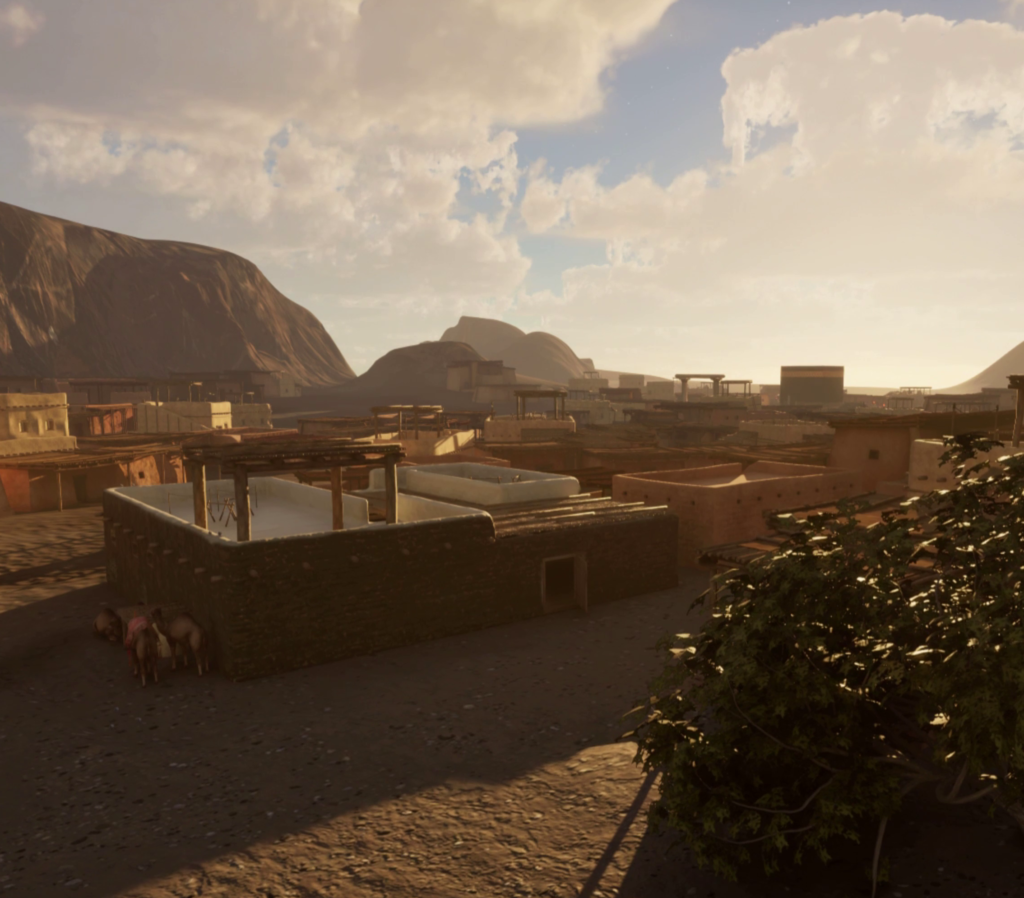
We took into account traditional items and materials obtained from archaeological excavations that were determined to belong to that period. We also benefited from the characteristics of spaces unearthed through excavation works. For example, we used images of many objects related to the history and culture of Mecca displayed in museums.
When determining the locations and distances of the neighborhoods, markets, or houses where the Messenger of Allah and the companions lived, we evaluated the information provided in the sources. We also considered existing places such as the Kaaba, the hills of Safa and Marwa, the hill of Abu Qubais, or the doors of the Masjid al-Haram.
Finally, map engineers and experts in XR, VR, and AI technologies utilized the information obtained through these methods to depict the physical characteristics of the companions and the social, geographical, and physical environment in which they lived. At this stage, experts in the field reviewed the resulting product again. This product emerged in this way.


